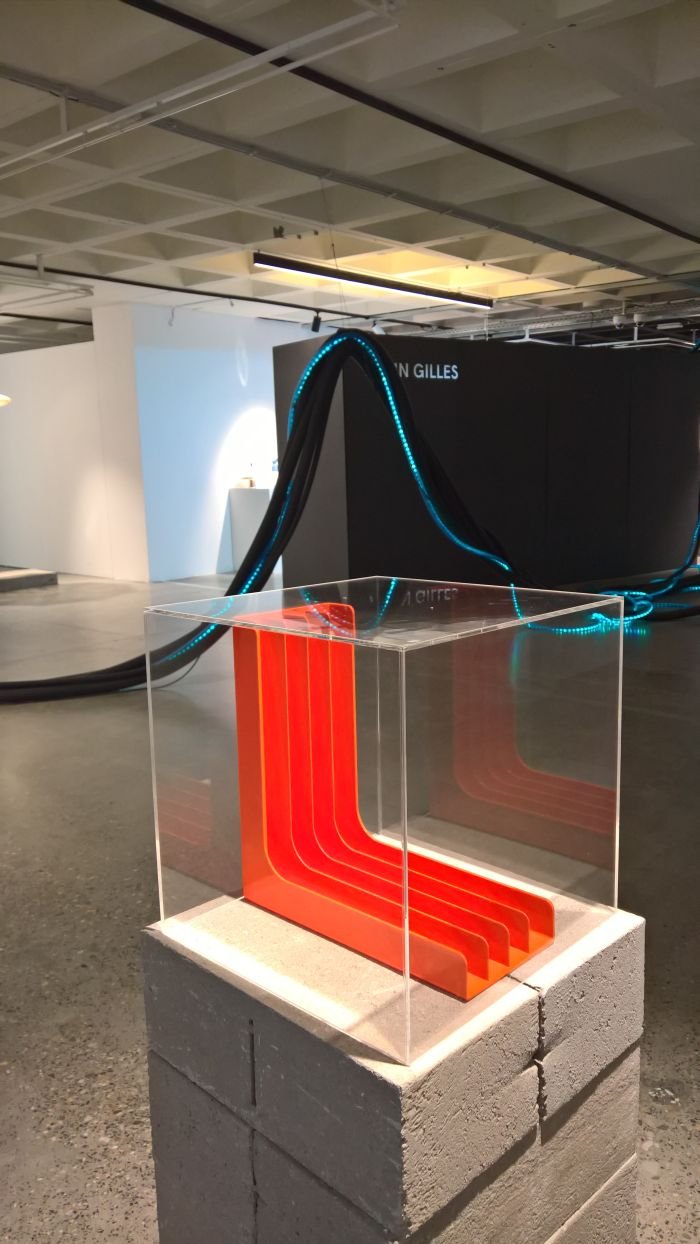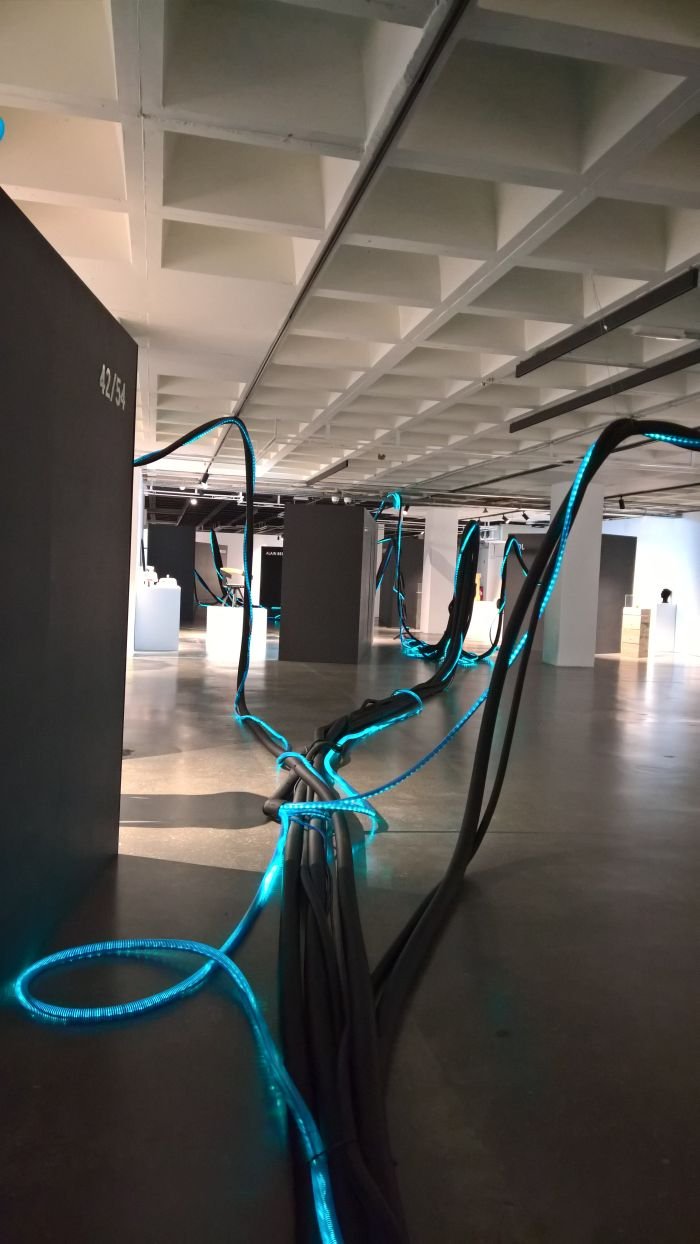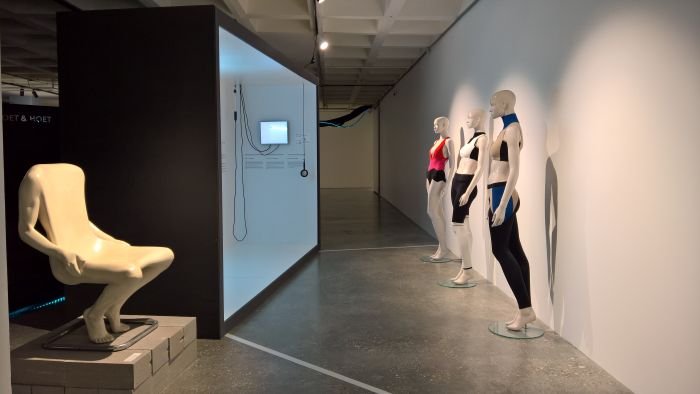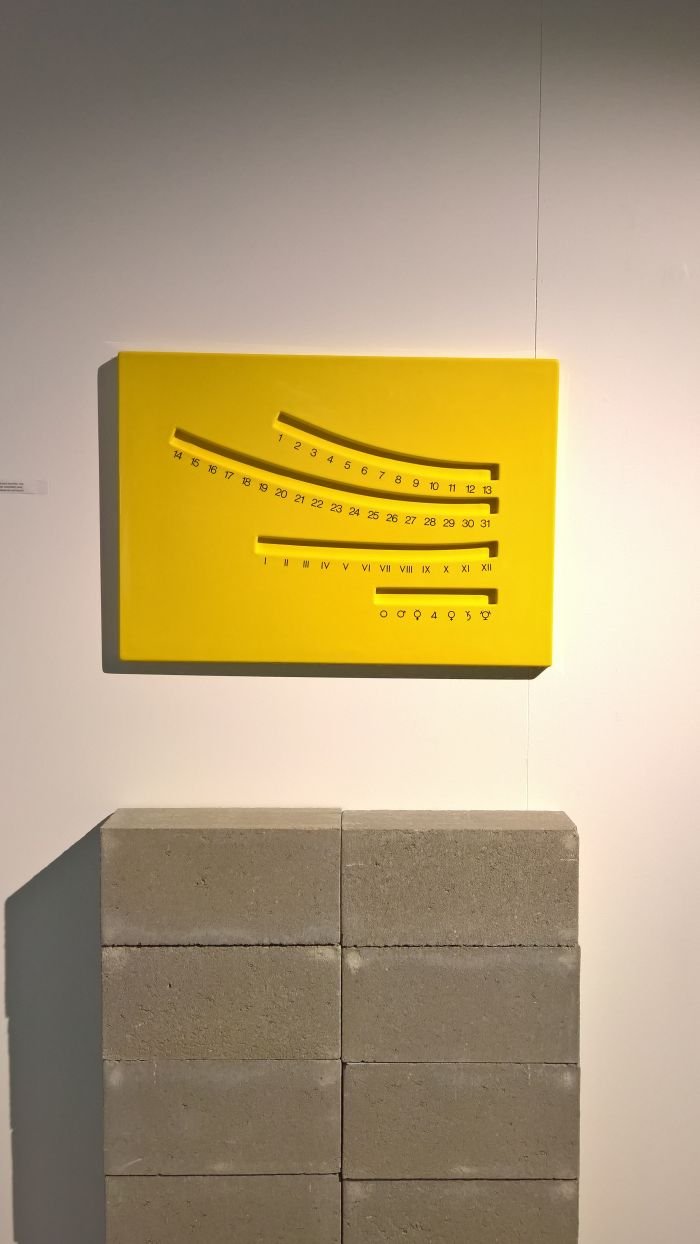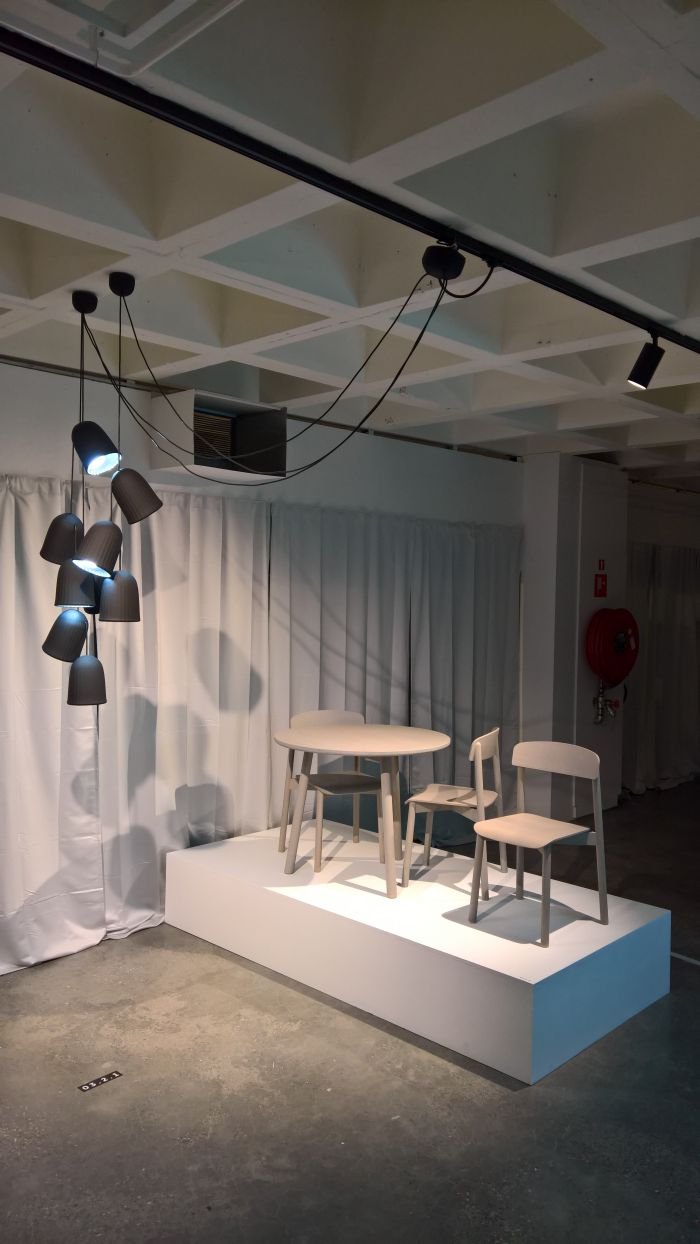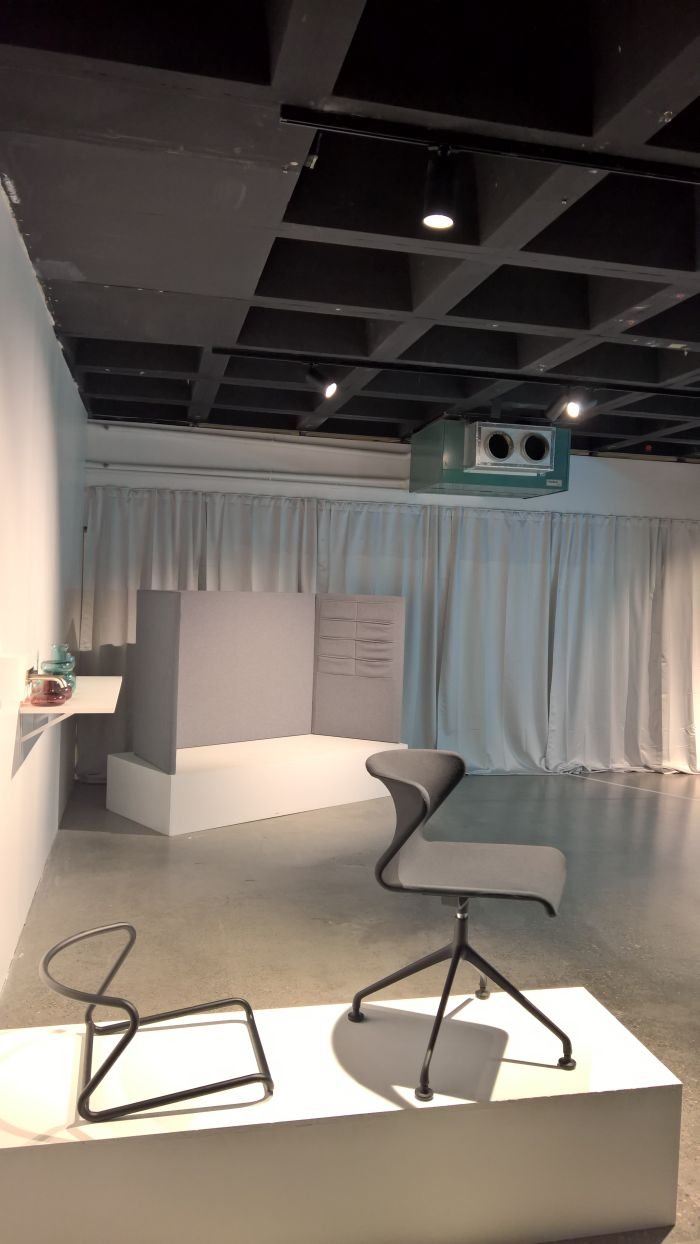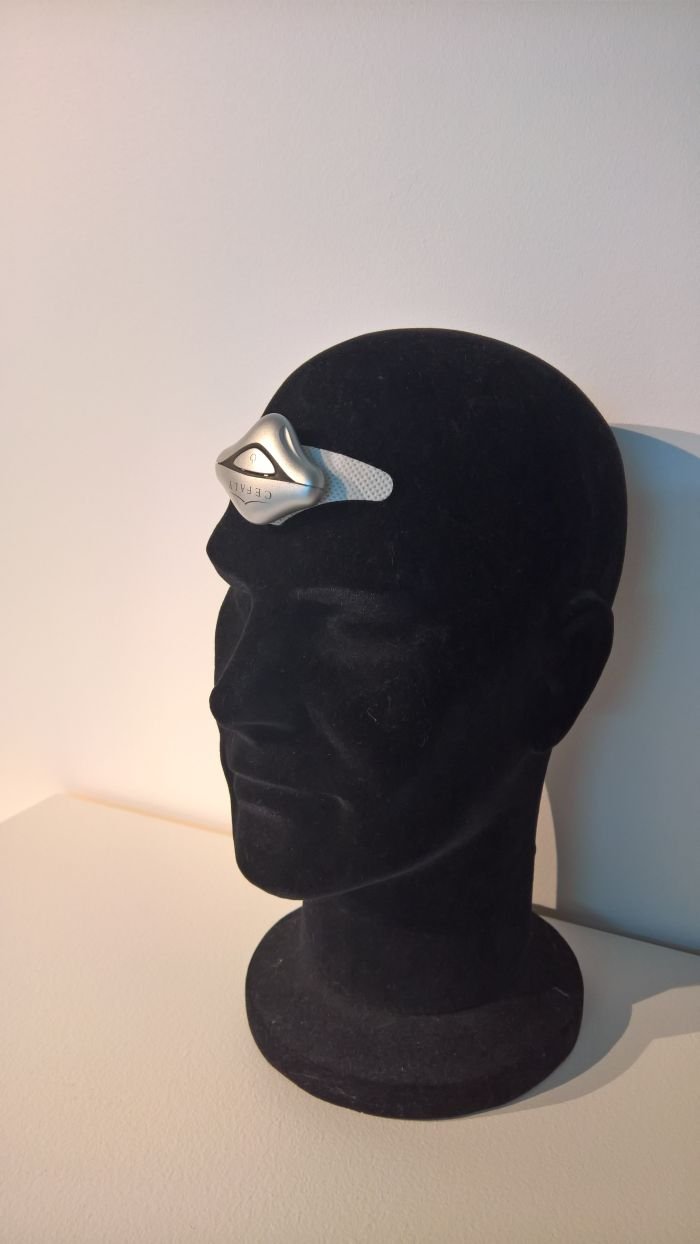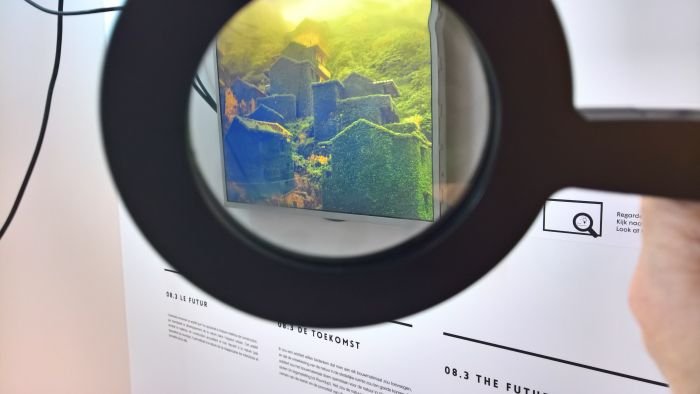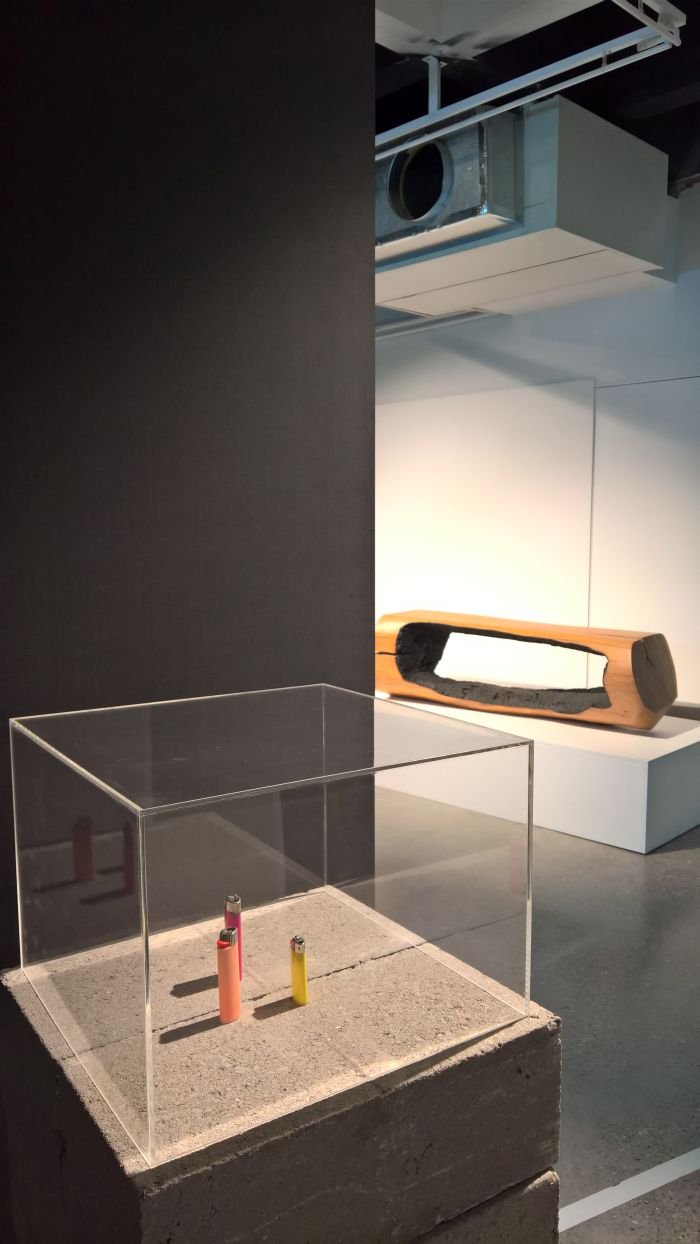Staged in context of Intersections, ADAM Brussels Design Museum's biennale programme, Design Generations explores not only the work of designers of differing generations, but for all design that remains relevant across generations......
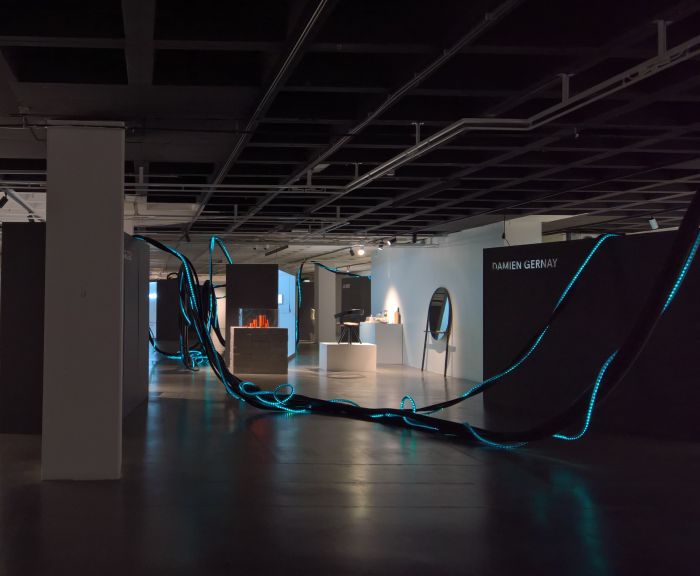
The ADAM Brussels Design Museum's Intersections biennale predates the ADAM Brussels Design Museum: the first three being staged in the city's Atomium, that enduring symbol of the blind faith the immediate post-war generation placed in new technology, and also ADAM's progenitor - which is a nice consideration for all you theologians and philosophers out there.
Following the Atomium's acquisition in 2014 of the so-called Plasticarium collection, some 2000 plastic art and design objects collected by Brussels resident Philippe Decelle, and the establishment of ADAM as a permanent home for the Plasticarium, Intersections, if you will, relocated up the Boulevard du Centenaire/Eeuwfeestlaan to the new ADAM building.
Curated by Milan born, Brussels based, author and curator Giovanna Massoni, Intersections #5 Design Generations presents ten Belgian design studios, ten studios who not only provide for a very nice overview of contemporary Belgian design from graphic over product, furniture and on to industrial and textile, but who through a Past-Present-Future narrative provide for a succinct and neatly packaged understanding of both the (potential) longevity of (good) design, and also the place of design in our unremitting time space continuum.
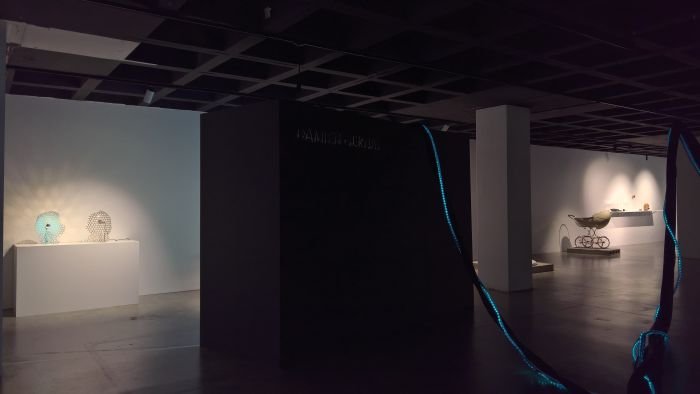
In context of the Past, each of the ten studios was asked to select an object from the Plasticarium collection which spoke to them in terms of affinity, emulation and/or memory, if you will, an object which not only informs, even if only by association, the studios work, but also one that remains for them relevant despite the, inevitable, years that have passed since its creation, despite the generational change that has occurred since its creation; and a brief which saw, for example, Sylvain Willenz choose a 1960s vinyl record storage unit by Sven-Eric Juhlin, an object with a very appealing geometry, and one which almost became obsolete; brand agency Hoet&Hoet selected a Perpetual Calender by Jean Keup, a design which, technically, can never become obsolete and which therefore stands as an antipode to throw-away plastic waste; while Kaspar Hamacher, and perhaps not entirely unsurprisingly giving the genre of work for which he is most popularly known, chose the BIC lighter, noting in his explanation the wider creative power of fire, specifically that "the individual who first lit a fire marked the beginning of humanity"
Again, one for all you theologians and philosophers out there.
Moving into the Present the studios were all asked to select 3 to 5 projects of their own, projects which for them best illustrate their approach, best illustrate their understanding of and position to design, and works which by extrapolation, theoretically at least, the studios hope will stand the test of time and remain relevant and interesting for future generations, will survive the coming generational change.
Considerations on the world in which those future generations will live formed the final part of the triad.
Presented via a very nice, very simple, but very, very nice trick, whereby one has to look through a magnifying glass to reveal images on a monitor ... a lens on the future ...... the ten Future projections range from personal development hopes over desires in terms of materials, considerations on social responsibility, environmental sustainability, health provision and on to more fundamental positions such as Alain Gilles' statement that "the future belongs to us all, it is up to us to determine what it will be". Sentiments its very hard to disagree with, even if currently such appears to be an utterly fruitless and thankless undertaking. But then again people, if not now, then when......
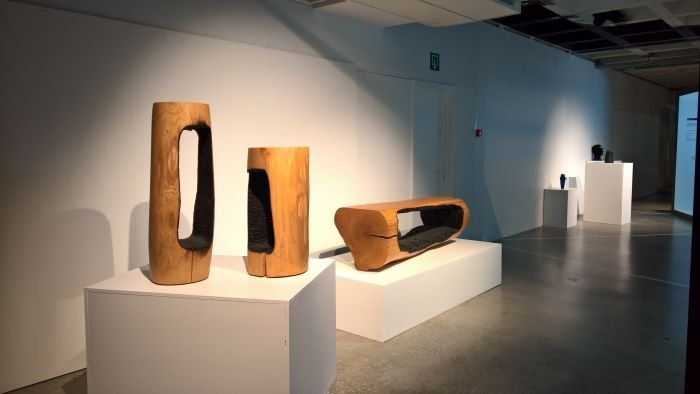
While admittedly not entirely convinced by the scenography which appeared to place the visitor in the bowels of the USCSS Nostromo from Alien, and thus meant during our visit we were in constant fear of being devoured by a slavering Xenomorph, as an exhibition Design Generations is an eminently accessible and open affair which not only provides for a very pleasing, if by necessity brief, introduction to the featured studios but much more underscores that design is but a fleeting moment on an endless helix which stretches back to, arguably, before Kaspar Hamacher 's first firelighter, and that contemporary design is a process of evolution not revolution, that the present is inextricably linked to the past, is a child of all that has come before it, and will in turn inform future developments.
Or perhaps better put, the thinking that underscores design flows as an endless helix; the job, the responsibility, of the designer is to identify contemporary needs, contemporary realities, future needs, future realities consider them in context of the information contained in the helix and respond appropriately.
A complex challenge, not least because we simply cannot predict how things will develop, for example, one can well imagine the aforementioned vinyl record storage unit by Sven-Eric Juhlin fitting in perfectly to late 1960s/early 1970s society, but who could have foreseen that vinyl would go out of favour.......
..........or that it would return, and that the well considered form, functionality and geometry of the object would make it every bit as relevant now as it was then. Or Set=9 chosen by Alain Gilles, a plastic jug/beaker set by Jean-Pierre Vitrac, formally and functionally very clearly an object of the 1970s, an object that has seen its popularity rise and fall with the whims of fashion over the intervening decades, yet a work which has lost none of its charm, logic or practicality and remains every bit as valid now as it was then.
Why should that be?
What enables design to transcend generations?
For us it is primarily a question of honesty. Projects conceived and realised in an honest fashion should, all things being equal, prevail; that which attaches itself to the coattails of some fashion, which aims to exploit a current commercial opportunity, that which is conceived and realised without the full conviction of the designer, without the designer fulling understanding why they are doing what they are doing, without the designer fulling comprehending the project's relationship to its immediate environment, without the designer standing fundamentally behind the underlying concept and the decisions made in terms of materials, processes, construction and functionality, wont.
And where does that leave the ten studios' Present projects?
That's a question for future generations. Wherever they may find themselves........
Intersections #5. Design Generations runs at ADAM Brussels Design Museum, Place de Belgique/Belgiëplein, 1020 Brussels until Sunday November 4th.
Full details can be found at http://adamuseum.be
